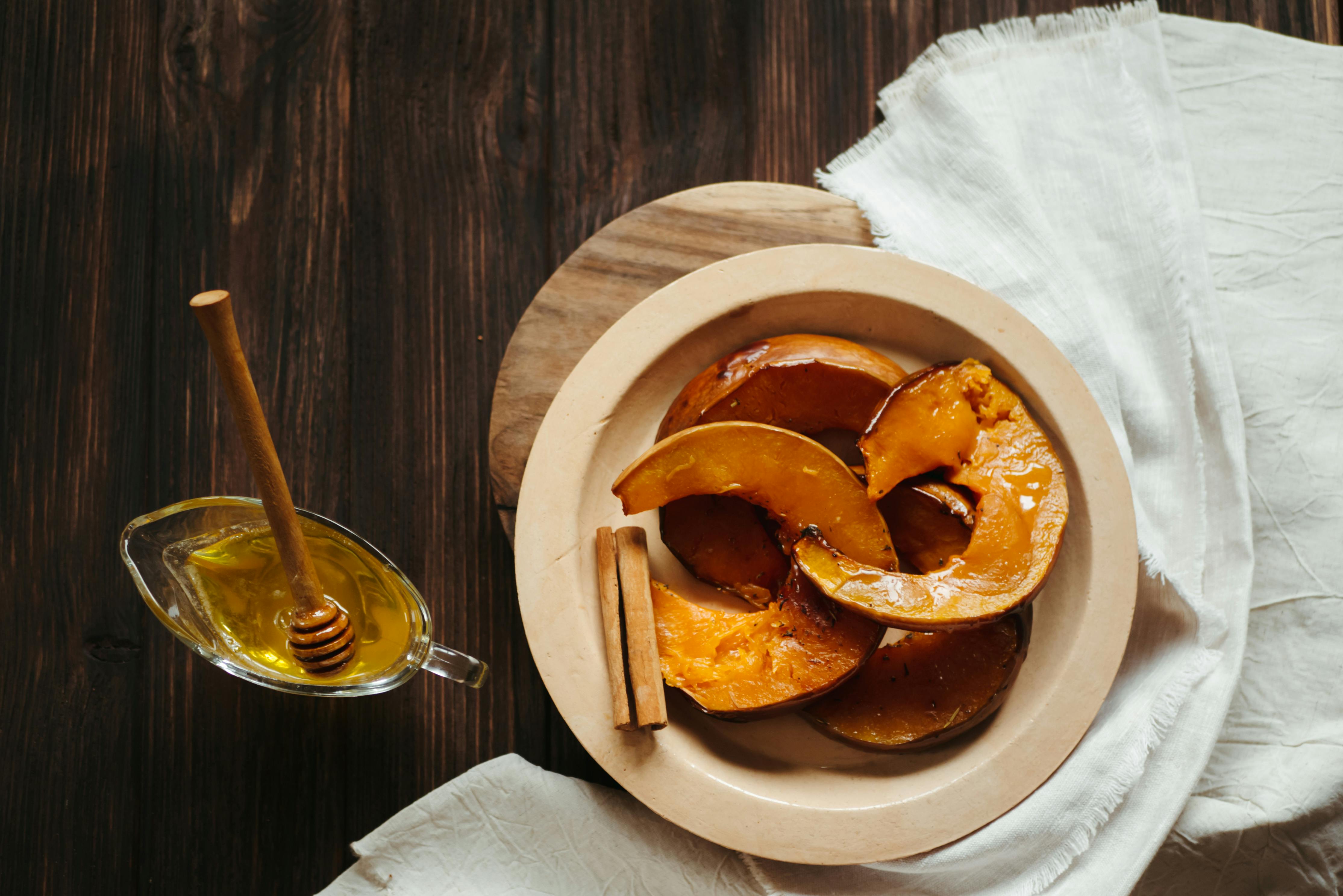Apply Now
Smart Ways to Use Quinoa for Keto Success in 2025
Quinoa has taken the health world by storm, particularly for those navigating the ketogenic diet. Once frowned upon due to its carbohydrate content, this ancient grain is now seen as a versatile option for maintaining a low-carb lifestyle when prepared mindfully. Not only does quinoa offer a balance of protein, fiber, and essential nutrients, but it also acts as an excellent base for many delightful keto recipes. This article will explore various smart ways to incorporate quinoa into your keto meal prep, highlighting its health benefits and providing a roadmap for its successful use in your diet.
In the following sections, we will discuss the nutritional value of quinoa, how to cook it in a keto-friendly way, and inventive recipes that integrate quinoa seamlessly into your meal plans. We will also touch upon alternatives that can be used when looking for quinoa substitutes, ensuring you have a comprehensive guide to making quinoa fit into your keto lifestyle in 2025.
Discovering the right way to include quinoa can enhance your meal variety and meet your nutritional goals without sacrificing flavor or satisfaction.
Essential Nutritional Benefits of Quinoa for Keto Diet
Building on the idea of quinoa's versatility, let's delve deeper into its nutritional profile. Quinoa is often celebrated for its rich content of protein, fiber, vitamins, and minerals, making it an exceptional addition to a ketogenic diet.
The Protein Power of Quinoa
One of the standout features of quinoa is its high protein content. This superfood contains all nine essential amino acids, placing it in the category of complete proteins. For those on keto, where protein intake must be balanced with fat and carbohydrates, quinoa offers a fantastic solution without overwhelming carb counts when portion-controlled.
Incorporating quinoa as a protein source can help those engaged in regular workouts, supporting muscle maintenance and repair essential for weight loss and overall fitness.
Fiber Content and Digestive Health
Quinoa is notably high in dietary fiber. A single serving can significantly contribute to your daily fiber intake. Fiber aids in digestion, helps prevent constipation, and promotes a feeling of fullness, which is crucial for anyone aiming to manage their weight. Furthermore, dietary fiber is instrumental in stabilizing blood sugar levels, a vital consideration for those on a ketogenic journey.
Including fiber-rich quinoa dishes in your meal prep can support sustainable energy levels throughout the day, keeping cravings at bay.
Vitamins and Minerals
Alongside protein and fiber, quinoa also boasts an array of essential vitamins and minerals such as magnesium, B-vitamins, iron, and zinc. Magnesium is particularly beneficial for those on keto, as it helps regulate muscle and nerve function, aiding in overall bodily regulation during a low-carb diet. This nutrient profile enhances quinoa's appeal as a staple grain for those pursuing a health-conscious lifestyle.
With these fundamentals established, let's transition to how we can integrate quinoa effectively into our keto meal plans.
How to Properly Cook Quinoa for Keto Success
An essential step in utilizing quinoa in the keto diet is understanding how to cook it correctly. Here are some tips for ensuring your quinoa remains keto-friendly and delicious.
Cooking Methods Explained
When cooking quinoa, the method can significantly impact both its texture and flavor. The most common preparation involves rinsing the grains to remove their natural coating, called saponin, which can impart a bitter taste. Following this, a typical water-to-quinoa ratio is 2:1. However, for denser, firmer quinoa that aligns better with a low-carb dish, using less water may yield better results.
Cooking quinoa can be done via stovetop, Instant Pot, or even in the oven, which opens doors for meal-prep strategies. Each method brings out unique textures and flavors that can directly enhance your dishes.
Portion Control Considerations
Portion control is critical in a ketogenic diet. While quinoa is a nutrient-dense option, it is essential to measure servings. A typical serving may contain around 20 grams of net carbs. Therefore, being conscious of serving sizes will help keep your carbohydrate intake within desired limits.
It’s beneficial to incorporate quinoa into meals alongside higher-fat ingredients, such as avocado or dressed in a rich olive oil vinaigrette, to maintain the keto balance.
Quinoa Cooking Hacks
To elevate your quinoa experience, consider mixing in herbs and spices during the cooking stage. This sets a flavor base that complements various dishes. For instance, using vegetable or chicken broth instead of water infuses additional flavor.
Additionally, using quinoa in cold salads allows for easy batch meal prep. Prepare a large batch of quinoa, then portion it out for salads, bowls, or snacks throughout the week.
Now that you have a grasp of cooking quinoa, let's explore some creative recipes that will allow you to enjoy its benefits fully.
Delicious Keto-Friendly Quinoa Recipes
With the foundations in place, here are some delightful quinoa recipes that not only adhere to keto principles but also tantalize the taste buds.
Quinoa Salads for Keto
Creating a salad with quinoa is an excellent way to incorporate this ingredient into your meals without overwhelming carbohydrates. Consider a Mediterranean quinoa salad featuring cherry tomatoes, cucumbers, olives, and feta cheese, all tossed in a lemon-olive oil dressing. This refreshing dish can be served as a main or side, making it versatile for meal planning.
Mix in leafy greens like spinach or kale for added nutrients, establishing a filling and nutritious dish that provides lasting energy.
Keto Quinoa Bowls
Quinoa bowls are another creative avenue for your keto meal prep. Start with a base of cooked quinoa topped with protein sources such as grilled chicken, shrimp, or tofu. Add in roasted vegetables like zucchini or bell peppers, then finish with a drizzle of tahini or your favorite keto sauce for extra flavor.
Beyond being hearty, they also allow for customization based on available ingredients, ensuring you maintain a varied diet.
Simple Quinoa Snacks
Quinoa is also perfect for snacks! Consider baking quinoa-based protein bars or energy bites combining cooked quinoa, nut butter, and low-carb sweeteners. These make for nutritious, on-the-go options that fit snugly within a keto lifestyle.
Adding spices such as cinnamon or cocoa powder can provide an extra flavor hit, helping satisfy sweet cravings while adhering to keto guidelines.
As we prepare to answer some frequently asked questions about quinoa's role in a keto diet, remember that the versatility of quinoa can contribute to a more dynamic and enjoyable eating experience.
Q&A About Quinoa and the Keto Diet
Can I eat quinoa on a keto diet?
Absolutely! While quinoa is higher in carbs than other grains, its numerous benefits, when measured out correctly, make it an occasional viable option in keto meal plans. By balancing portions with high-fat foods, quinoa can fit into the ketogenic profile.
What are the low-carb alternatives to quinoa?
If you seek alternatives due to its carbs, options like cauliflower rice, broccoli rice, or shirataki noodles are excellent substitutes. These maintain similar textural properties while significantly reducing carbohydrate intake.
How can I include quinoa in meal prep?
Quinoa can serve as a foundational ingredient in salads, bowls, and even snacks. Prepare it in batches, then combine with various proteins and vegetables throughout the week to maintain freshness and variety in your meals.
Are there any downsides to eating quinoa on keto?
The primary concern with quinoa lies in its carbohydrate content. Overconsuming can lead to exceeding daily carb limits on a keto diet, potentially disrupting ketosis. Ensure servings are mindful and balanced with fats.
What is the best type of quinoa for keto?
Red and black quinoa varieties often contain a lower glycemic index compared to traditional white quinoa, making them preferable choices. However, any whole grain or organic variant can be beneficial, as they offer additional nutrients.




